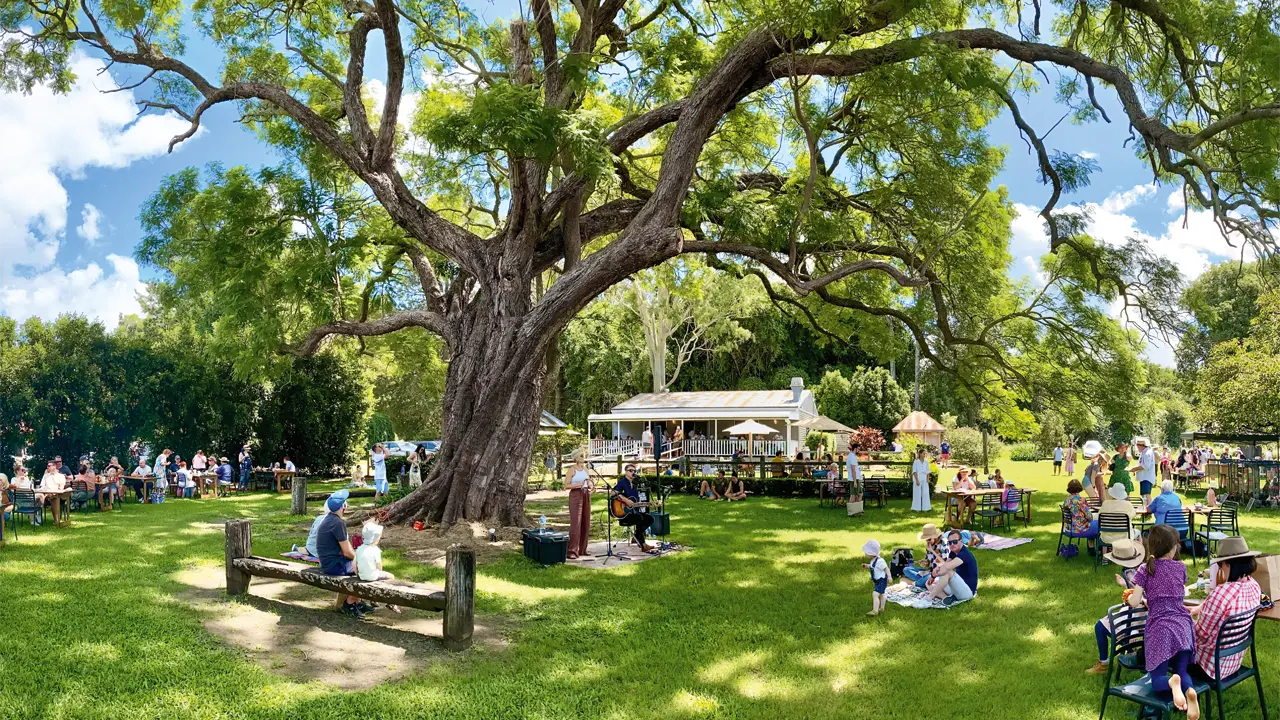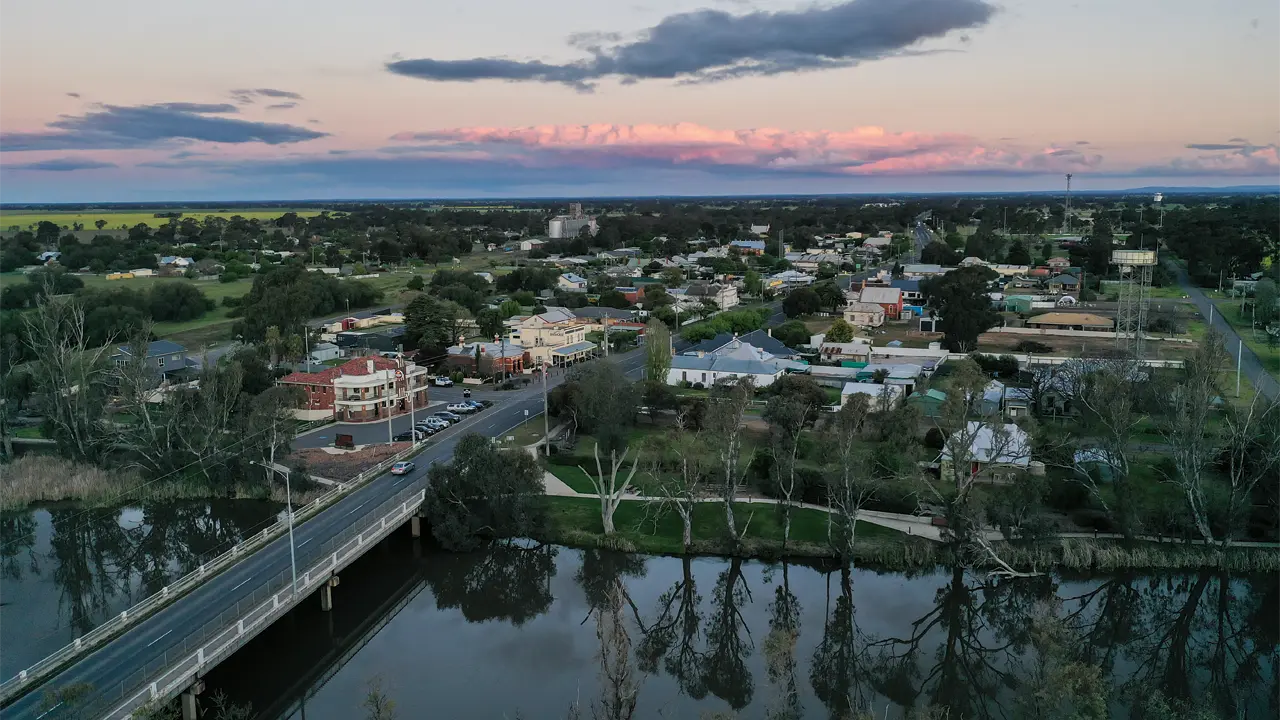Duncan Palmer and Luke Donovan are part of a team responsible for monitoring some of the most powerful rivers in the country.
Story By Nathan Dyer
The two-stroke outboard screams as it powers the small tinnie upstream against the surging current of a flooding Ord River. Then it stops. Tree trunks sweep past the little boat as the driver struggles to clear debris from the propeller. The tinnie is swept downstream, looking insignificant on the brown expanse rising at a metre per hour around it. Then the motor roars back to life, propeller cleared, and the boat swings back upstream, disaster averted.The two men in the tinnie – Duncan Palmer and Luke Donovan – are part of the West Australian Department of Water’s Kimberley measurement team and are charged with monitoring flows and rainfall across two of the country’s mightiest river systems – the Fitzroy and Ord. Strapped to the side of the boat is thousands of dollars of high-tech equipment calculating how fast the river is flowing. The figures can be staggering. A one-in-100-year flood event on the Wilson River in March 2011 saw 550 millimetres of rainfall in 18 hours. The Wilson, a tributary of the Ord, rose 10 metres in less than a day. The nearby community of Warmun was all but washed away, with more than 50 houses destroyed and 300 residents evacuated. At its peak, the Wilson was flowing at 9000 cubic metres per second – the equivalent of 240 Olympic swimming pools every minute.
Duncan says the Wilson event was an extraordinary example of how powerful floods in the remote region can be. “The catchments in the Kimberley are very rocky and steep, so they respond to rainfall quite quickly,” he says. “That, combined with the potential for enormous rainfall, results in extremely large flash flooding, which can occur in a relatively short time.” As manager of the Department of Water’s Kimberley and Pilbara measurement program, Duncan oversees a team of seven hydrographers responsible for maintaining 50 gauging stations (26 in the Kimberley and 24 in the Pilbara) and 36 stand-alone rain stations covering a catchment area of more than 150,000 square kilometres. That means a lot of travel, generally during the wettest and most challenging months of the year.
“The wet season is the only opportunity we’ve got to measure high river levels,” Duncan says. “Obviously it’s quite dependent on the particular wet season, but overall the team would normally spend up to eight weeks in the field between October and March.”
This story excerpt is from Issue #89
Outback Magazine: June/July 2013










